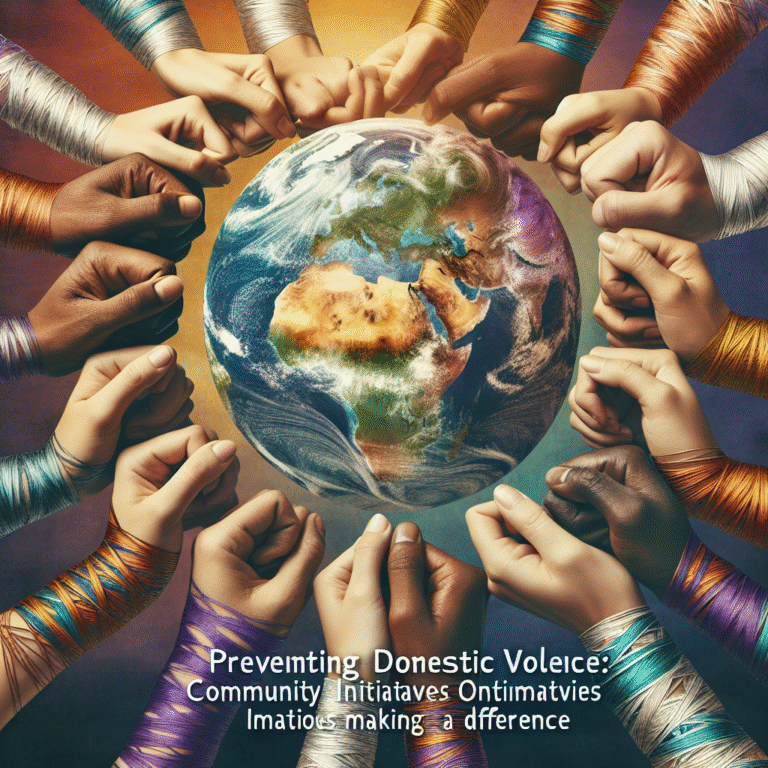
Introduction
In today’s complex world, the significance of risk assessment has never been greater. From financial institutions to healthcare settings, organizations face myriad challenges that can potentially disrupt operations, harm stakeholders, and damage reputations. But how do we navigate these turbulent waters? The key lies in learning from previous experiences. In this comprehensive article, titled Case Studies in Risk Assessment: Lessons Learned from the Field, we will dive deep into real-world examples that illuminate the intricacies and lessons embedded within risk assessment.
Let’s embark on a journey to explore essential insights that not only reveal what can go wrong but also highlight how to make smarter choices in the face of adversity.
The Importance of Risk Assessment
Understanding Risk
Risk isn’t merely a number or an abstract concept; it’s a fundamental aspect of every decision-making process. To assess risk effectively means recognizing potential pitfalls while also leveraging opportunities. An effective risk assessment allows businesses and organizations to preemptively address issues, thus safeguarding their futures.
Why Learn from Case Studies?
Case studies offer a treasure trove of knowledge by providing real examples and actionable insights derived from both failures and successes. By examining these unique situations, organizations can navigate their own challenges with more foresight, creativity, and effectiveness.
Case Study 1: The Healthcare Sector – Patient Data Protection
Overview
In 2017, a major healthcare provider faced a significant data breach that compromised the personal information of over 3 million patients. This incident served as a wake-up call for the industry.
Analysis
Key Points:
- Risk Identification: The healthcare provider underestimated the risks associated with third-party vendors and their data-sharing practices.
- Mitigation Strategies: A comprehensive evaluation of vendor contracts, encryption protocols, and employee training programs were established post-incident.
- Lessons Learned: Organizations must scrutinize their entire data ecosystem, assessing risks not just within their domains but also externally.
Relevance
This case study is a powerful reminder of how vital it is to conduct thorough risk assessments. It showcases the consequences of neglecting potential weaknesses and the importance of constantly updating risk evaluation methodologies.
Case Study 2: The Financial Sector – Credit Risk Management
Overview
A leading financial institution faced near collapse during the 2008 financial crisis due to inadequate credit risk management. The ensuing fallout forced many businesses to rethink their risk assessment strategies.
Analysis
Key Points:
- Data Utilization: The institution relied heavily on historical data, which failed to account for unprecedented market conditions.
- Dynamic Modeling: After the crisis, firms adopted more flexible models that incorporate various economic scenarios.
- Lessons Learned: Relying solely on historical trends can be dangerous; embracing dynamic models that factor in multiple variables is crucial.
Relevance
This financial case study emphasizes the importance of continuous reevaluation of risk assessment models. In rapidly changing environments like finance, static models can lead to catastrophic outcomes.
Case Study 3: The Tech Industry – Cybersecurity Risks
Overview
A prominent tech company suffered a cybersecurity breach that exposed sensitive customer information. The company underestimated the risks posed by cyber threats and the need for comprehensive security protocols.
Analysis
Key Points:
- Resource Allocation: The tech firm allocated insufficient resources towards cybersecurity, considering it a low-priority risk.
- Post-Incident Measures: After the breach, the company revamped its cybersecurity framework and invested heavily in employee training and software updates.
- Lessons Learned: Cybersecurity shouldn’t be an afterthought. Organizations must understand the ever-evolving nature of cyber threats and adapt accordingly.
Relevance
This particularly relevant case study highlights the exponential growth of cyber threats and the importance of treating cybersecurity as a high-priority risk.
Case Study 4: Manufacturing Sector – Supply Chain Disruptions
Overview
A global manufacturing giant experienced significant losses due to unforeseen disruptions in its supply chain caused by natural disasters and geopolitical tensions.
Analysis
Key Points:
- Risk Diversification: The company realized its supply chain was overly dependent on specific regions and suppliers.
- Strategic Planning: Post-crisis, they diversified their supplier base and invested in predictive analytics to forecast disruptions.
- Lessons Learned: Organizations must incorporate flexibility and adaptability into their supply chains to mitigate risks from unforeseen events.
Relevance
This case study serves as a poignant reminder that even industries with robust systems can fall prey to unexpected risks. The need for diversified and flexible strategies in risk assessment is essential for survival.
Risk Assessment Methods
Qualitative vs. Quantitative
Understanding different methods of risk assessment is crucial. Qualitative assessments involve subjective judgment based on experiences and observations, whereas quantitative assessments use numerical data to evaluate risk levels.
Combination Strategy
In practice, a combination of both methods often yields the best results. Each method provides unique insights that can lead to a balanced perspective on risk.
Table: Risk Assessment Method Comparison
| Method | Description | Strengths | Weaknesses |
|---|---|---|---|
| Qualitative | Subjective evaluation based on experience | Flexible, holistic view | May be biased, less precise |
| Quantitative | Use of numerical data for analysis | Objective, data-driven | Requires accurate data |
| Combination | Integrates both qualitative and quantitative data | Comprehensive insight | More complex, time-consuming |
Conclusion
The journey through Case Studies in Risk Assessment: Lessons Learned from the Field has revealed valuable insights drawn from real-world experiences. The cases examined underscore the importance of thorough risk assessment practices that evolve in tandem with changing circumstances.
Organizations must understand that risks are inherent and can’t be completely eliminated; however, by applying the lessons learned from these case studies, they can navigate challenges more effectively and transform potential pitfalls into opportunities for growth and innovation.
FAQs
1. What is risk assessment?
Risk assessment is the systematic process of identifying, analyzing, and evaluating risks associated with specific areas within an organization. It enables informed decision-making and proactive planning.
2. Why are case studies important for understanding risk assessment?
Case studies offer real-world examples that provide context and insights, allowing organizations to learn from both successes and failures.
3. How frequently should organizations conduct risk assessments?
Organizations should conduct risk assessments regularly and after significant changes in operations or after any event that exposes vulnerabilities.
4. What are some common tools used in risk assessments?
Common tools include SWOT analysis, risk matrices, and various software platforms designed to assess and visualize risk levels effectively.
5. How can lessons learned from case studies be applied in a practical setting?
Organizations can adapt strategies from case studies to fit their unique contexts, using them as benchmarks to guide their own risk assessment practices.
As we conclude our exploration, let us remember that risk is not merely a challenge; it is an opportunity for growth, innovation, and resilience. Embrace the lessons learned and embark on your journey towards effective risk management.


















